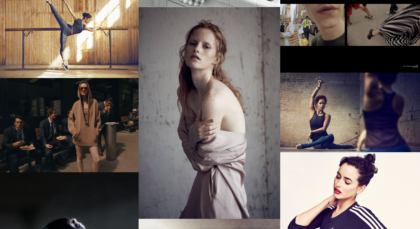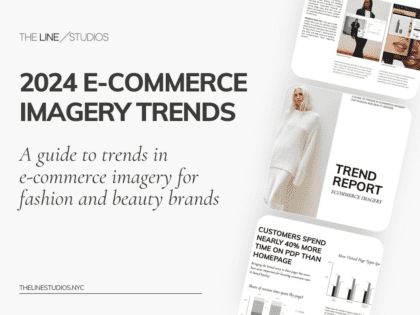Or rather, how many product photos of each product will drive conversion? Ultimately, that’s what it’s all about sales.
– Too few views and the customer doesn’t get all the information they need to make the purchase.
– Too many views and the customer may feel overwhelmed and move on to another option.
But with the right balance, brands can improve:
- Conversion percentage
- Customer satisfaction
- Product return rate
The key here is – of course – finding the right balance of product imagery.
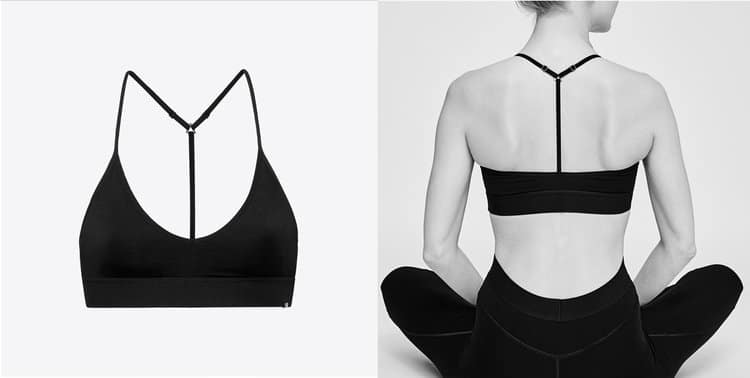
There is something to be said for comparing the online shopping experience to the offline one. If a customer is thinking about buying a new shirt in a brick-and-mortar store, they will (in no particular order): feel the fabric, see what other colors are offered, check out the stitching or how it’s made, look at the washing instructions, take the shirt off the rack and try it on, etc. Together and independently, these can all be decisive in whether they end up buying the product, or not.
In e-commerce, it is the role of the product detail page to do as much of this heavy lifting as possible. To give the customer all the information they need to move them down the purchase funnel and get your product into their cart. A lot of that information can – and should – be delivered through product photography.
Balancing Product Photos: Quantity and Quality Matters
Actually, there is no hard-and-fast number. Instead, brands should be asking themselves: what kind of product photos should I have?
While there are some obvious shots every product should have – front, back, inside, top-down, etc., each product is also unique in some way, with different elements you want to highlight. In such a way, any product photographer worth his salt should be thinking about the below 3 considerations to help you sell your product:
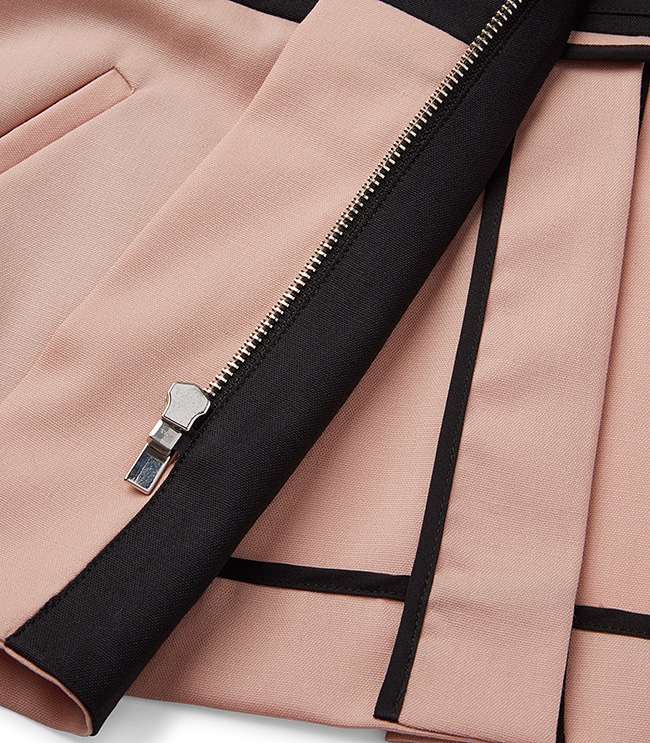
1) Focus on the Details
You must have detailed product photos for your website. This is particularly essential for bigger ticket items. It’s a great way of reinforcing your value proposition, as well as the quality and/ or product authenticity you offer. Some examples:
- Silver hallmark on a piece of jewelry
- Unique lining of a tailored jacket
- Leather quality on the insides of the shoes
- The non-greasy texture of a moisturizer
2) Think Tactile: Conveying Quality Through Product Photos
Oftentimes these are critical differentiating features for brands – something that gives them a competitive edge – and yet it can be incredibly hard to convey these to customers online.
Writing “the beautifully treated canvas”, or “made with a unique blend of fabrics” in the product description does not do enough to convey the product’s quality and craftsmanship.
The secret is to make sure the lighting and product positioning has been set up to really capture the texture and feel of the product. As you know, the more you can help your customers understand the product, the more likely they are to buy. Be sure to scrutinize the photographer or studio’s previous work to make sure they are able to accurately communicate the tactile qualities of your product.
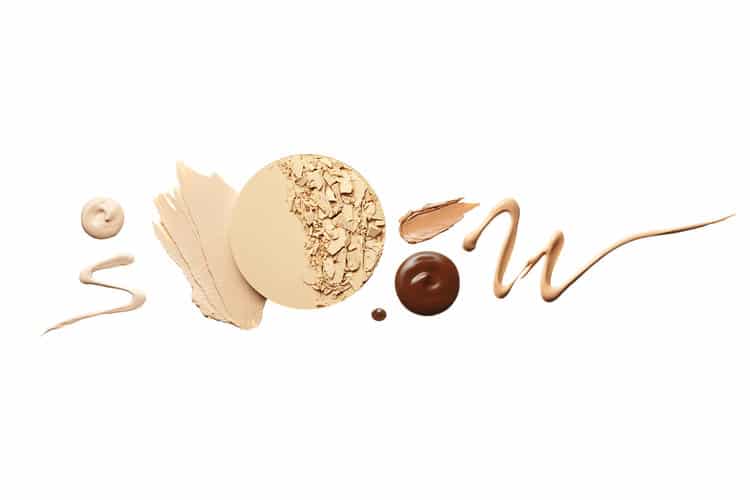
As one of our clients told us: “The moment our customers feel our custom-made material, they fall in love with it. Being able to portray the textural quality and supple material through photography has improved our e-commerce sales dramatically!”
3) Include Scaling Shots
By giving customers a visual reference to product size, many brands have seen return rates decrease by as much as 5%. In fact, it is the number one cause of product returns for many brands.
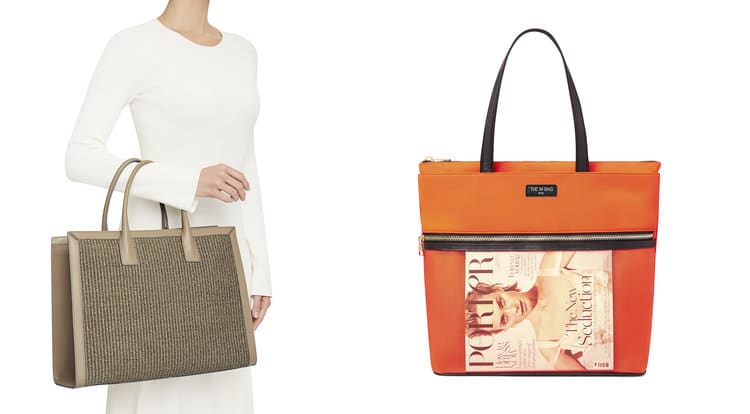
Scaling shots are particularly important to use when shooting jewelry or handbags because the sizes can vary considerably, whereas shoes, for example, have universal sizes.
There are standard ways of capturing product scaling shots – by simply styling a handbag or necklace on a mannequin, or by showing a model wearing the items, the customer should get an immediate understanding of product sizing.
Another approach is to use props to help scale the product. This can be anything from showing how thin an iPad is by including a pencil in the shot, to placing a magazine inside a pocket of a handbag. Props also give the brand an opportunity to show a little personality too, which is never a bad thing.
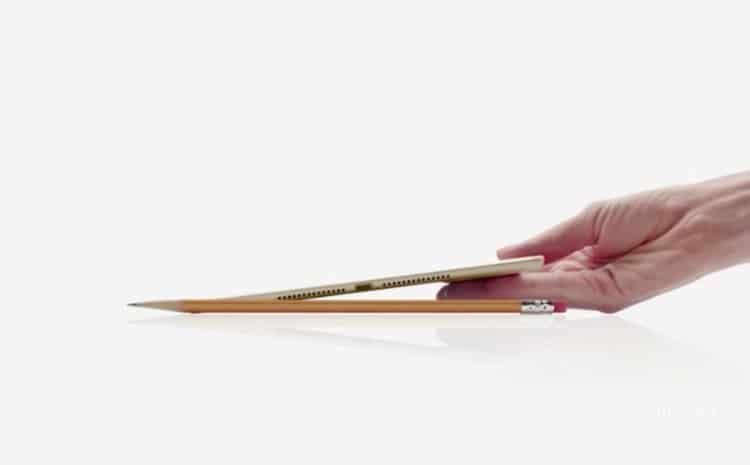
Scaling shots can also be used to show product functionality: The M Bag highlighted a specially designed pocket in one of its clutches by shooting it with a New York subway card in it…
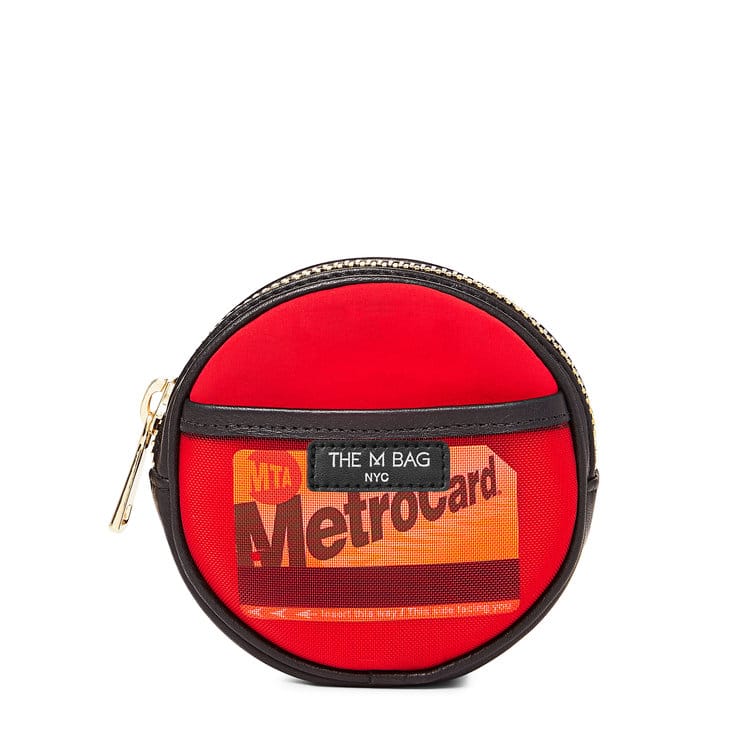
Or you can demonstrate the versatility of a bag by shooting it being worn over the shoulder, across the body, or detached from the strap to be used as a clutch.
These 3 considerations may seem obvious; but it’s amazing how often brands neglect to implement them–usually seeing the incremental product photos as an unnecessary expense. But as we have learned, the potential lift in sales from the addition of one or two more looks can be worth the investment many times over.
It’s also worth remembering what exactly makes a good product photograph – or, how to identify a BAD photo. You can learn more about it here in our post on THE 4 C’S OF PRODUCT PHOTOGRAPHY.
Any questions or thoughts? Please reach out to us at hello@thelinestudios.nyc, we’d love to hear from you.

